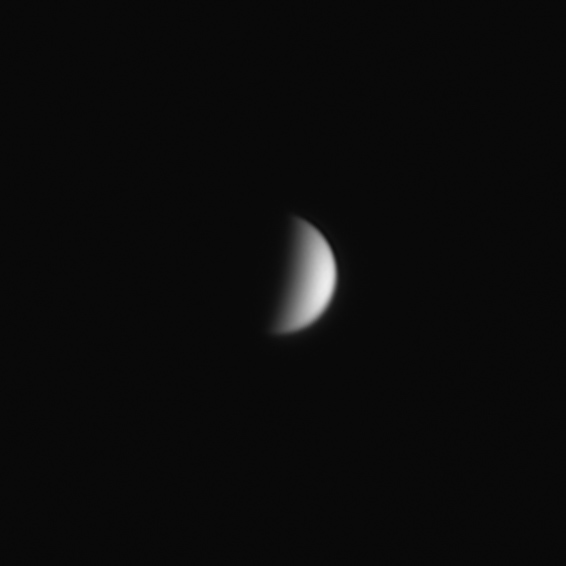
Without an UV or deep violet filter, the Venusian atmosphere appears very bland, but the phase is very prominent in this image.
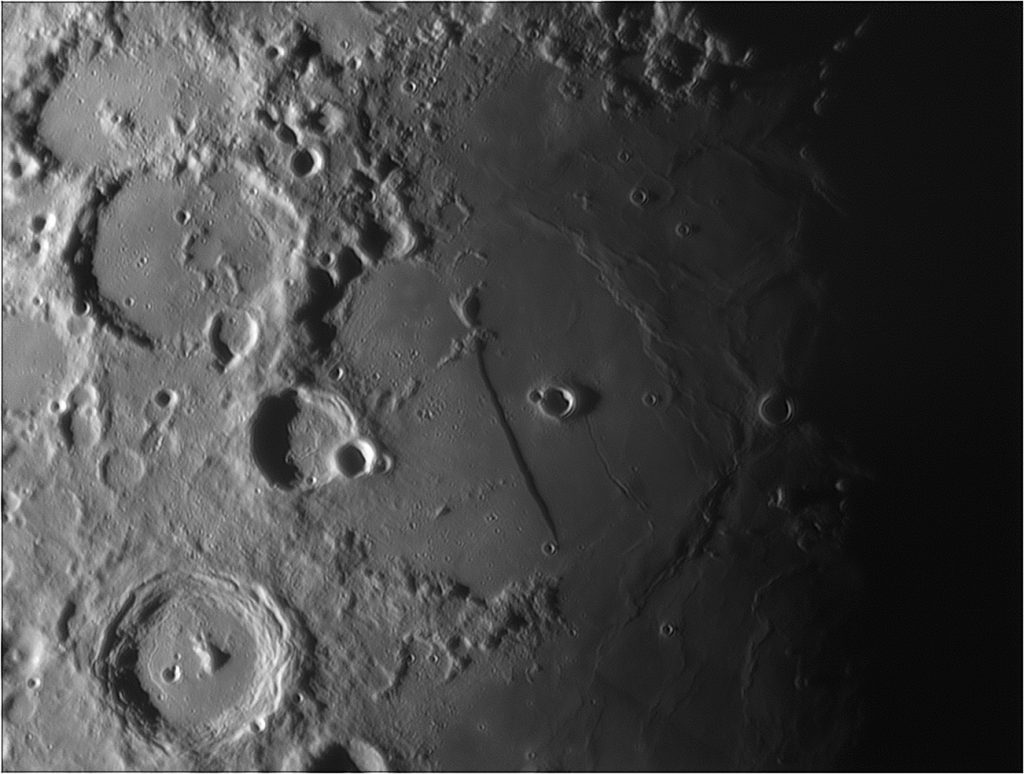
A late friend of mine owned a Zeiss AS 63mm lens, it took me a while to figure out all the details, as it is not mounted in the original cell, but in a custom machined one, and the tube loooks like it is self-built too.
In the process of establishing the quality of the lens I took these images with a QHY5L-IIc camera in prime focus configuration. As the conditions were very changeable because of passing clouds, the brightness of the images had to be adjusted individually, color saturation has been enhanced.
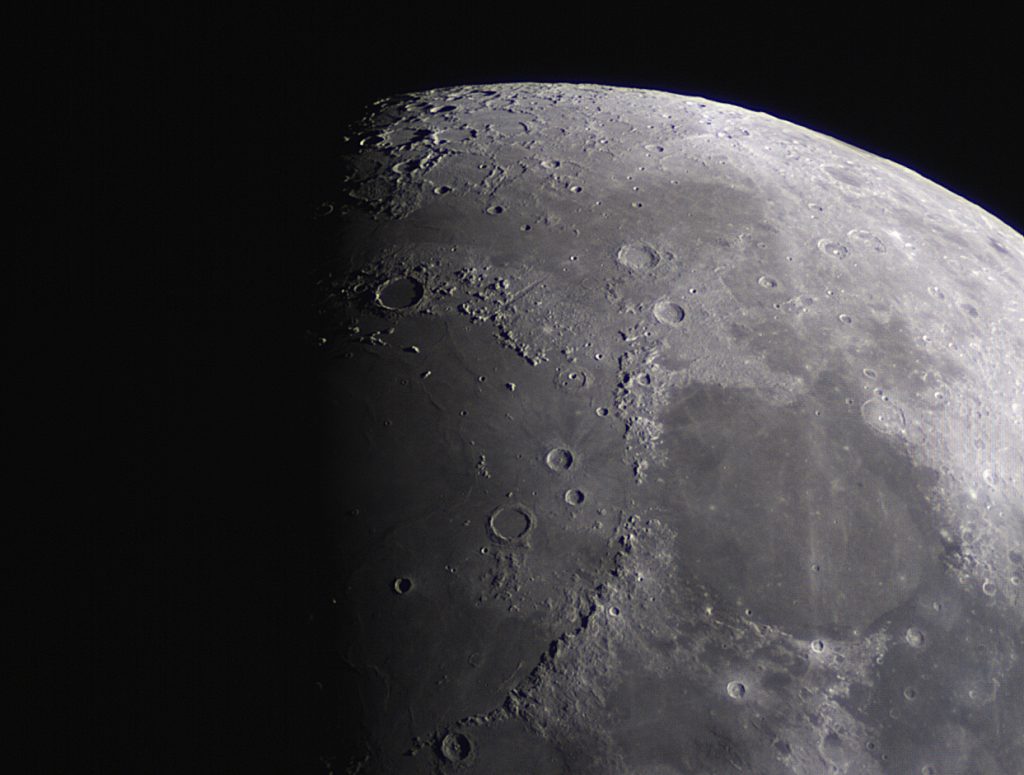
In 1998 I created this GIF animation showing the effects of the earths atmosphere on an image of the moon:
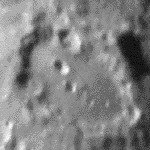
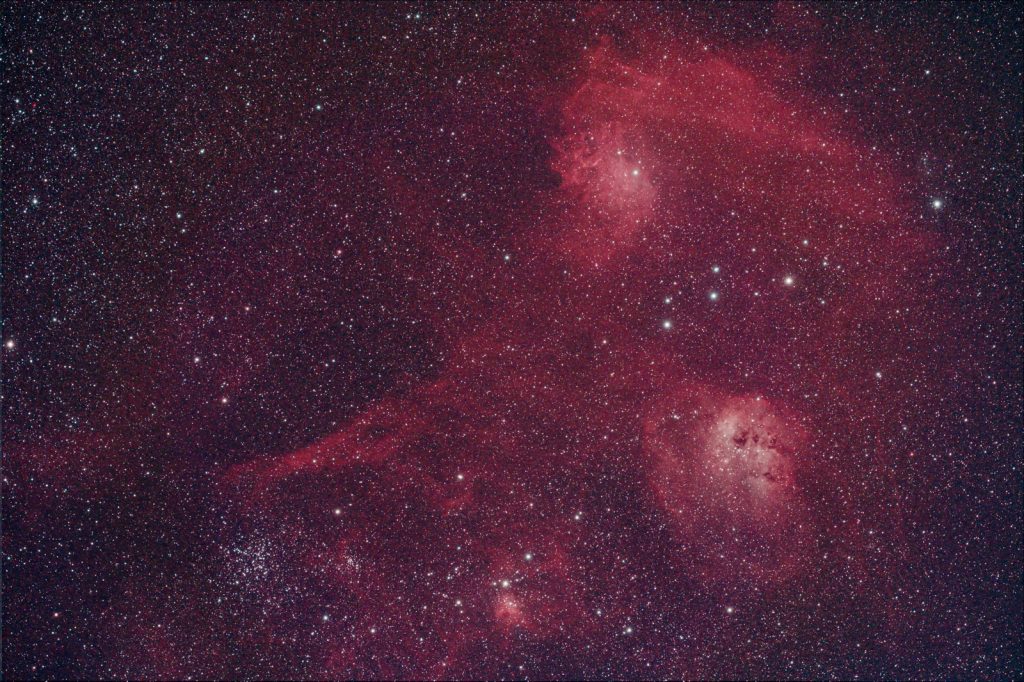
The flaming star nebula IC405 is visible at the upper right in this image, it is a cloud of glowing hydrogen excited by the very hot O-type star AE Aurigae. AE Aurigae is believed to be a former member of a multiple star in the trapezium of Orion. When two binary stars got too close to each other, AE Auriga and presumably also Mu Columbae got ejected. It is now a high velocity star just passing through this gaseous region in the constellation Auriga.
Read More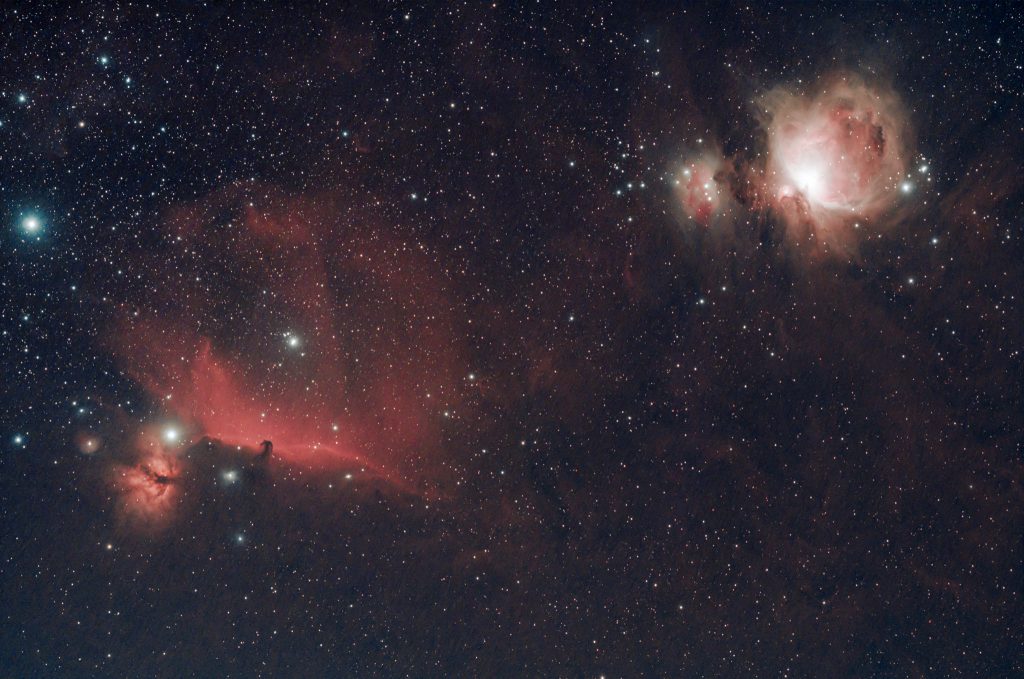
The imaging session was cut short by clouds, resulting in less than two hours of exposure time
Read More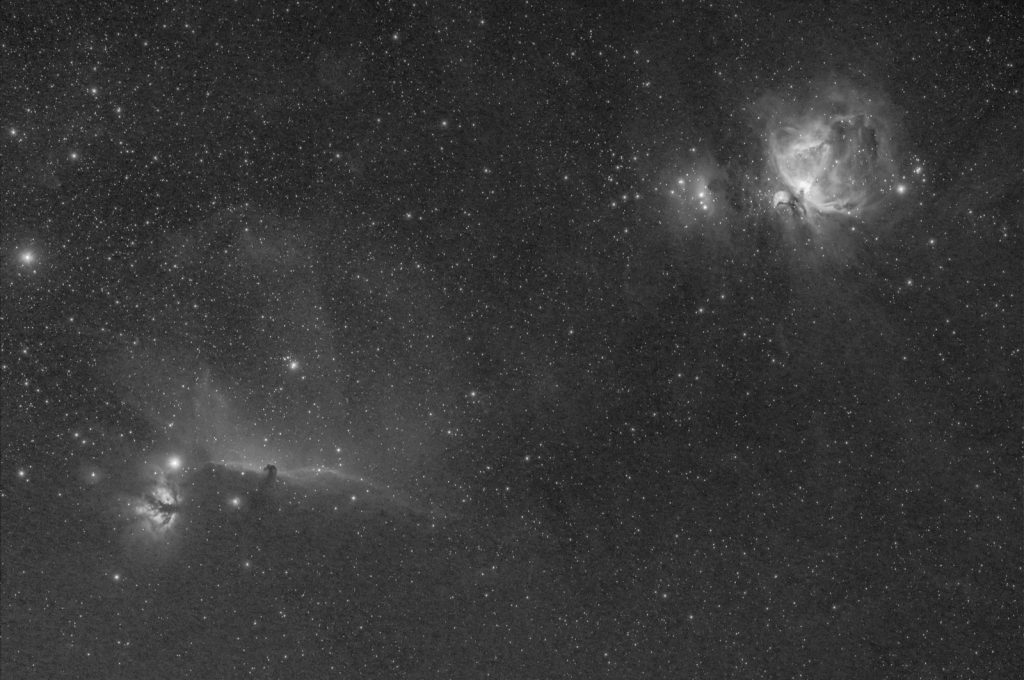
To be able to use a wide field with nebulosity in the constellation Orion I used the unmodified Nikon Z6 in combination with a 35nm h-alpha filter to be able to show the faint hydrogen clouds which are visible here.
Read More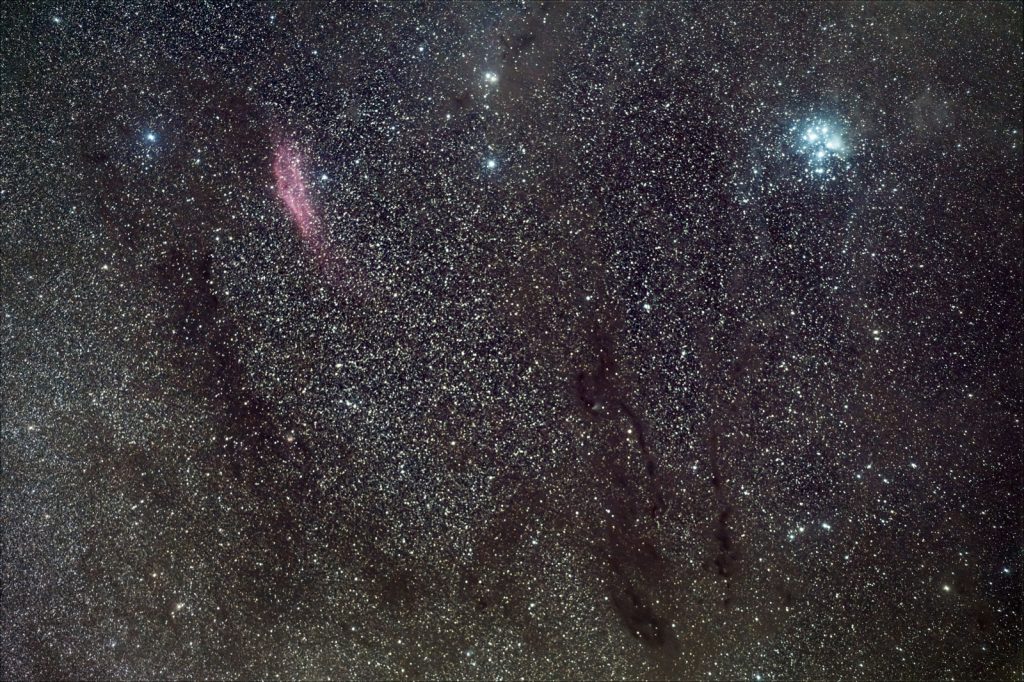
I tried to use a break in the clouds to photograph a long-time favourit of mine, the Taurus Molecular Cloud TMC. The conditions were far from optimal with some slight fog and clouds passing through, but after throwing away quite a few frames, I ended up with this version.
Read More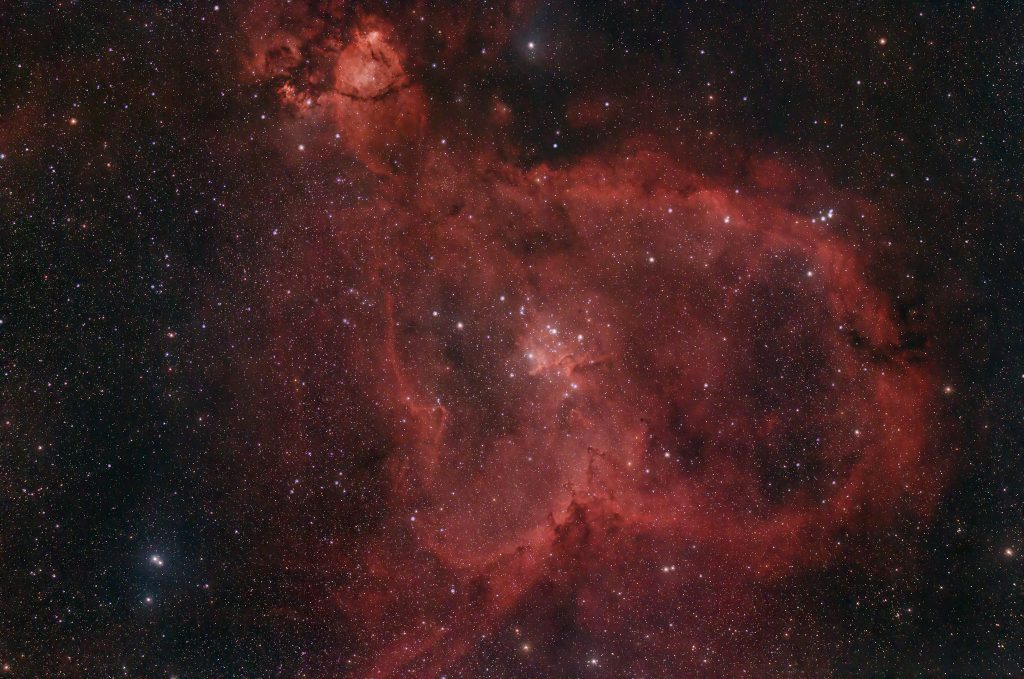
IC 1805 is a cloud of glowing hydrogen in the constellation Perseus. The gas is ionized by the hot young stars of the cluster Melotte 15 at the nebula’s center.
Read More